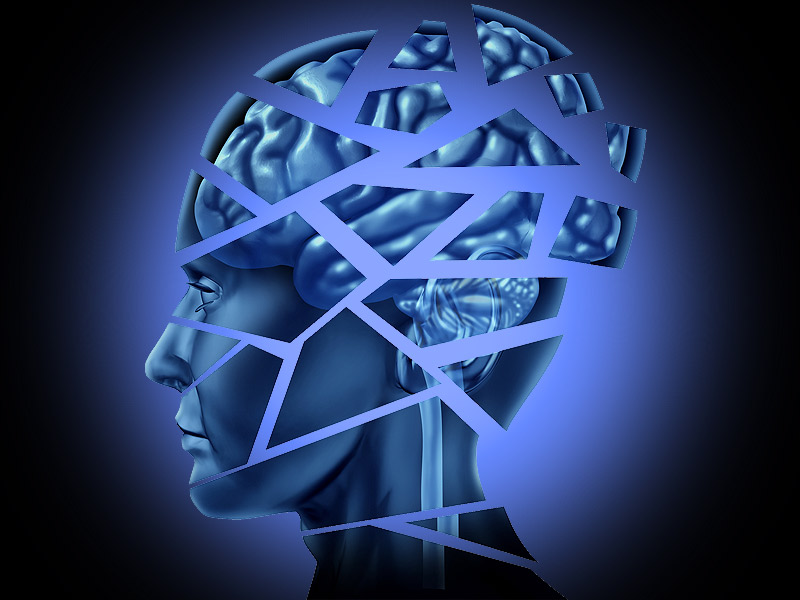



Business Inquiry
Global:
Email:marketing@medicilon.com
+1(781)535-1428(U.S.)
0044 7790 816 954 (Europe)
China:
Email: marketing@medicilon.com.cn
Tel: +86 (21) 5859-1500



The human genome is made up of ~3 billion letters of DNA and at each position it is possible to have different letters, called variants. Some variants are harmless but others can be detrimental, making it a mammoth task to find out which variants cause a disorder. Researchers often choose to search only the 1-2% of the genome that carries the information to make proteins. While this has been successful for a few disorders, most neurodevelopmental disorders are still largely unexplained, making it clear that looking elsewhere in the genome is necessary.

Genetic variation in the non-coding DNA could give rise to language impairments in children and other neurodevelopmental disorders including schizophrenia, autism, and bipolar disorder, scientists have found.
Scientists at the Max Planck Institute for Psycholinguistics studying the DNA of children with severe language problems say they have identified genetic variants in the 3′ untranslated region genome (3’UTRome), which is part of the noncoding part of the genome.
“Language disorders are a very complex neurodevelopmental disorder and finding their genetic causes has been particularly challenging. We we have only a small number of candidate genes thus far,” said Sonja Vernes, Ph.D., who led the study. She runs a research group at the Planck Institute and is part of the Donders Institute for Brain, Cognition and Behaviour at the Radboud University, both in Nijmegen, The Netherlands.
The researchers tested the impact of each 3’UTRome variant on the expression of the candidate genes for language impairment and found that one of the variants has a significant effect on the expression of a gene known as ARHGEF39. “If a cell carries this single-letter change in the 3’UTRome, it expresses more ARHGEF39. We were very excited by this finding because this is the first time we have found a variant associated with specific language impairment that we can show has a clear biological effect,” noted Paolo Devanna, Ph.D. student and co-author of the study (“Next-Gen Sequencing Identifies Non-Coding Variation Disrupting miRNA-Binding Sites in Neurological Disorders”) published in Molecular Psychiatry.
“Having too much of a protein at important points in development could affect how neurons and neuronal circuits develop and function, which could in turn could affect how children develop their language skills,” added Dr. Vernes.
The researchers went on to explore the 3’UTRome in other neurodevelopmental disorders. They identified 25 further genetic changes in the DNA of individuals with autism, schizophrenia, and bipolar disorder that are thought to control protein levels in the same way. “We are tapping into a new and promising source of genetic variation,” continued Dr. Vernes. “Our study shows that the identification and testing of noncoding variants will foster our understanding of the genetic causes of neurodevelopmental disorders, which is crucial in the long-term for the design of new and effective therapeutics.”
Neurodevelopmental disorders like schizophrenia, autism, and bipolar disorders encompass a wide range of disabilities associated with the functioning of the brain. Severe neurodevelopmental disorders are currently known to affect approximately 5% of the population, making understanding their causes and, in turn, their possible treatments an important area of study, according to the investigators.
 Relevant
news
Relevant
news